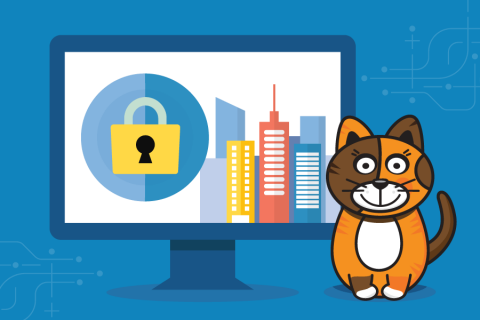Survey: 76% of IT Pros Say It's Difficult to Maintain Security Configs in the Cloud
Cloud misconfigurations are no laughing matter. In its “2020 Cloud Misconfigurations Report,” DivvyCloud revealed that 196 separate data breaches involving cloud misconfigurations had cost companies a combined total of approximately $5 trillion between January 1, 2018 and December 31, 2019. The problem is that those costs could be even higher; as reported by ZDNet, 99% of IaaS issues go unreported.









